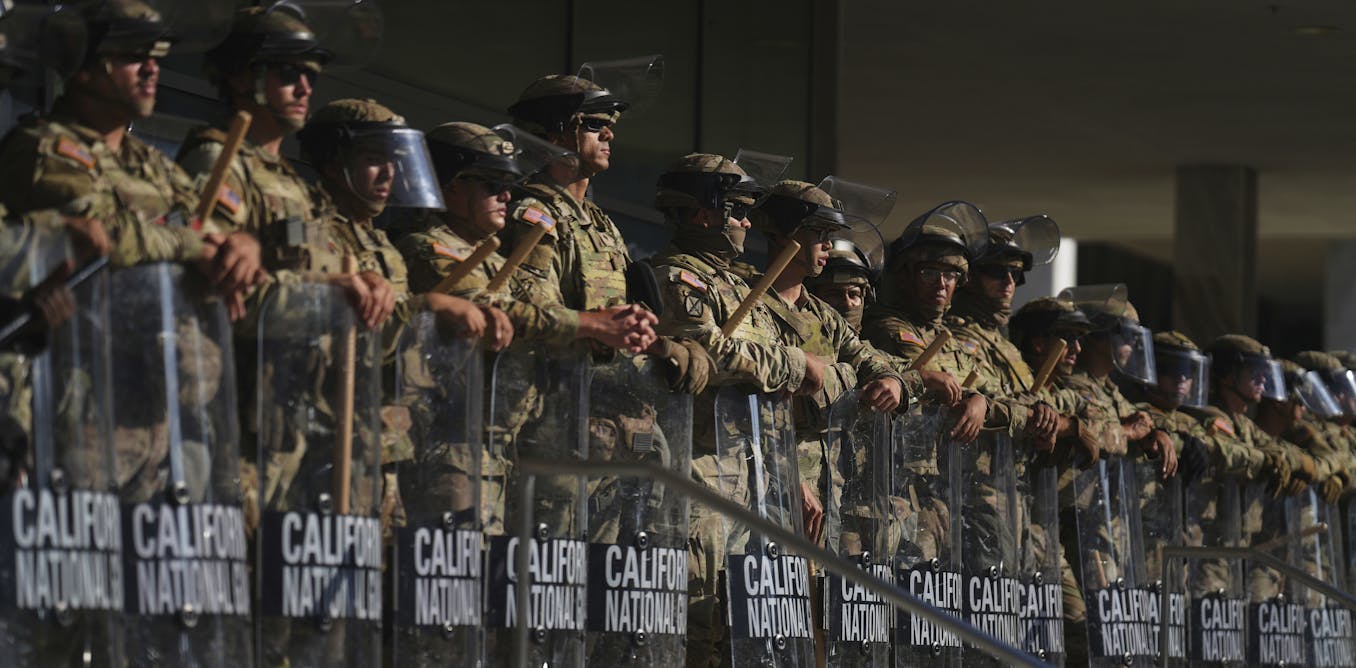The Perseids is considered the best, most visible meteor shower of the year, according to NASA.
Mon, August 11, 2025 at 5:07 PM UTC
2 min read
A meteor streaks across the sky during the annual Perseids meteor shower in Spruce Knob, W.V., in 2021. (Bill Ingalls/AP)
The Perseids meteor shower will peak Tuesday night into Wednesday morning, with up to 100 streaks visible every hour.
The Perseids shower, which has been active since July 17, is “considered the best meteor shower of the year,” according to NASA. Experts note that the moon may impact some visibility, but viewers will still be able to watch the shower if they’re in a dark area away from city lights and their phones.
Here’s what to know to prepare for the year’s biggest meteor shower.
What is a meteor shower?
Meteoroids are falling pieces of debris from comets and asteroids that, as they enter the Earth's atmosphere, turn into meteors, according to NASA. As meteors vaporize, their trails are visible from Earth, which is what we call “shooting stars” or “falling stars.”
A meteor shower is what happens when there’s a higher-than-usual number of meteors falling across the sky in a short period of time. Meteor showers happen at certain times throughout the year because comets also orbit the sun, so when a comet and the Earth cross paths, the Earth encounters a lot of the comet’s debris, or meteoroids.
What to know about the Perseids meteor shower
The Perseids meteors leave particularly long, bright trails as they fall through Earth’s atmosphere, with about 50 to 100 streaks expected to be visible every hour at its peak.
The Perseids shower comes from comet 109/Swift-Tuttle, a comet that takes 133 years to orbit the sun and crosses the Earth’s orbit once a year. The shower’s name comes from the constellation Perseus, NASA explains, which is the point in the sky from which the Perseids meteors are visibly falling.
Fireballs are also anticipated to appear throughout Tuesday night into Wednesday. “Fireballs” is an astronomical term used by NASA to describe meteoroids that burst into bright colors while in the Earth’s atmosphere, becoming more visible than average meteors.
How to watch the Perseids meteor shower
Northern Hemisphere residents will have the best Perseids views, NASA reports. But this year’s shower does coincide with the rise of a waning gibbous moon, the phase between a full moon and a half moon, which could impact visibility, Space.com warned.
To find the best time to see the Perseids shower where you are, check the Global Meteor Network’s meteor-tracking meter.

 German (DE)
German (DE)  English (US)
English (US)  Spanish (ES)
Spanish (ES)  French (FR)
French (FR)  Hindi (IN)
Hindi (IN)  Italian (IT)
Italian (IT)  Russian (RU)
Russian (RU)  3 weeks ago
3 weeks ago





















Comments